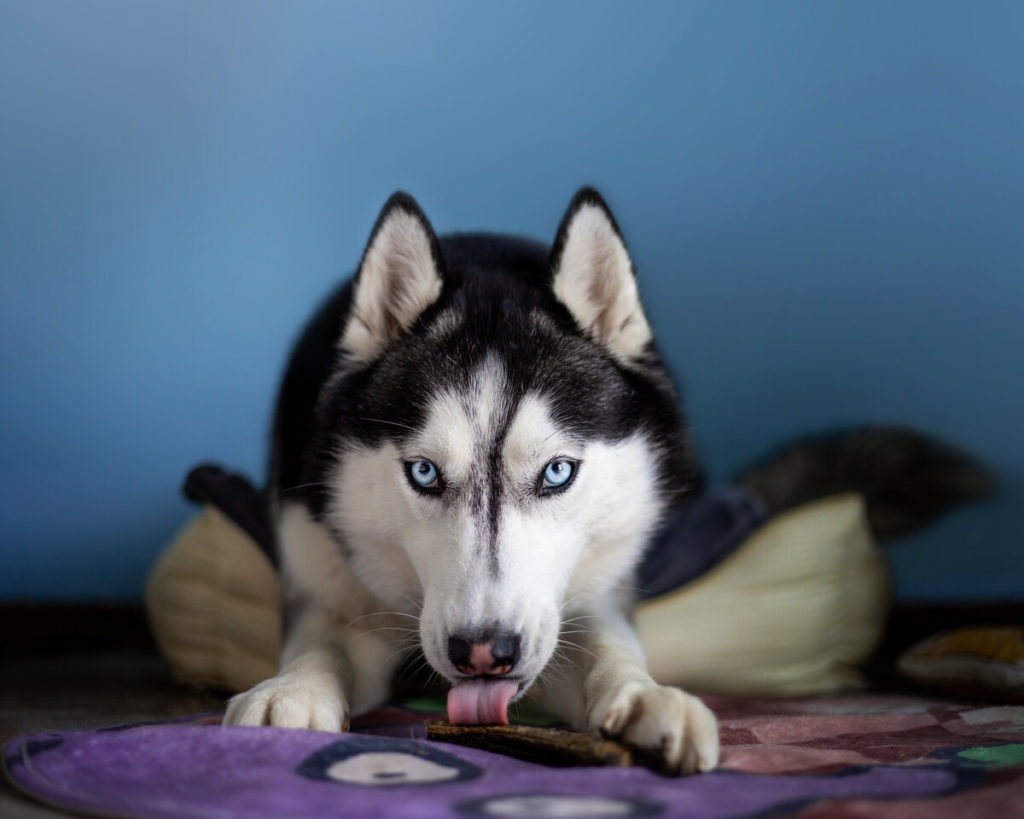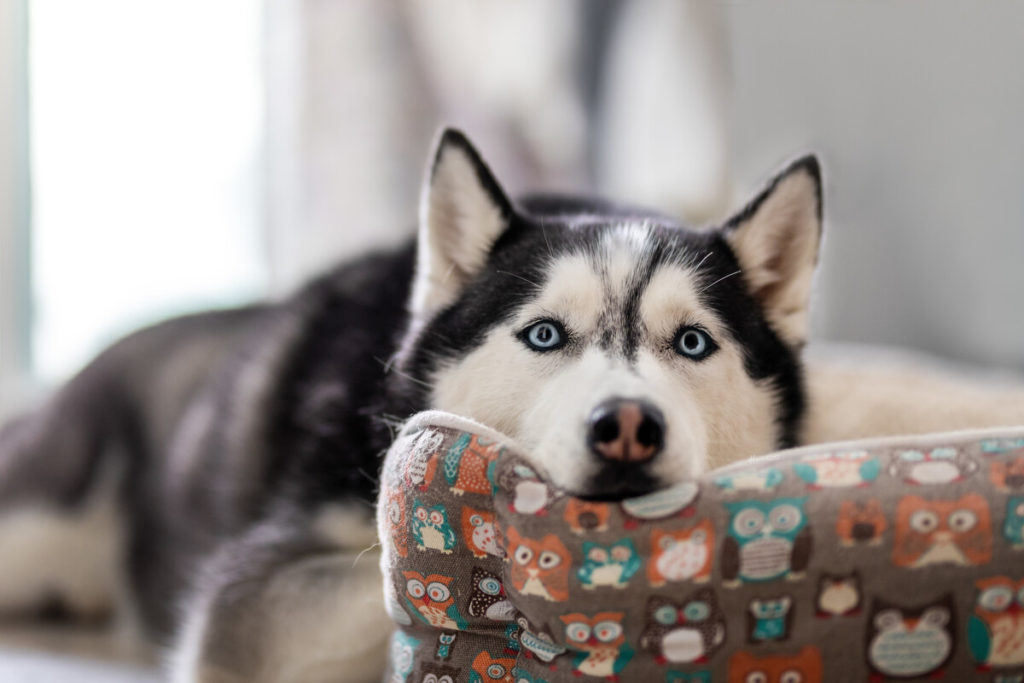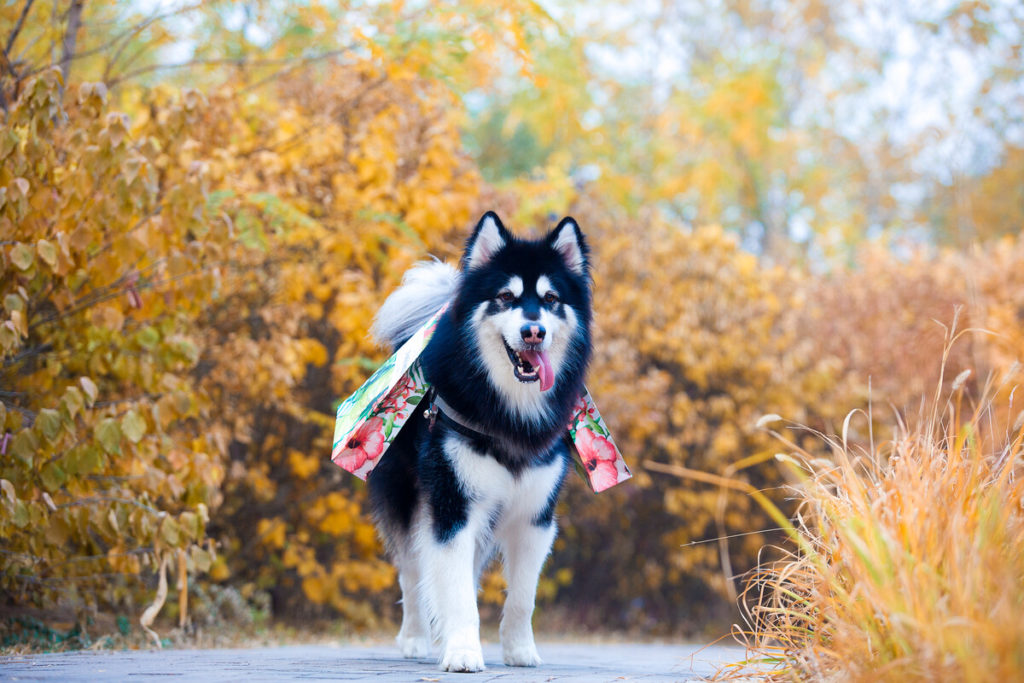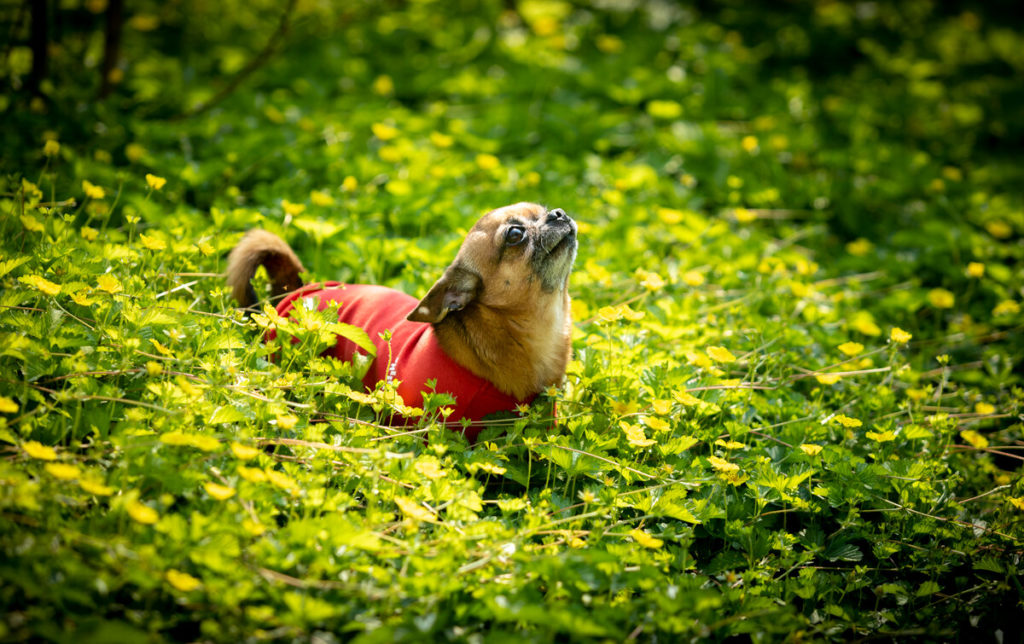The Siberian Husky is a working dog breed that was originally bred to pull heavy cargo over long distances in the Arctic. It should therefore come as no surprise that Huskies love to exercise. With their rising popularity thanks to their wolf-like appearance and similarities to the ‘direwolves’ in Game of Thrones, many people are adopting Huskies without understanding their exercise needs. So just how much exercise does an Siberian Husky need? Keep reading for everything you need to know!
Should you exercise an Siberian Husky daily?
As we previously mentioned, Siberian Huskys were originally bred to be a working dog. Their large frames and thick double coats make them perfect for pulling heavy cargo such as sleds over a long distance in arctic conditions. As a result, Huskies are a highly energetic breed with a lot of endurance. They can happily work for many hours a day and thrive in working environments, but how does this energy transfer to Huskies in domestic environments?

People often underestimate the exercise requirements of an Siberian Husky. It is commonly assumed that the larger the breed, the lazier they are but this simply isn’t true for Huskies. In fact, statistics have shown that 1 in 5 Siberian Huskys are not even regularly walked by their owners!
The simple fact is that Huskies need to be exercised every single day. We personally recommend giving your Husky at least one hour of rigorous exercise every day but longer sessions are definitely advised. If you find it hard to make time to exercise your Husky due to work or other commitments, we suggest blocking out time specifically dedicated to them. This could mean spending weekends going for extra-long walks, hikes, or asking other people to cover some of your usual chores.
Whilst we understand that schedules can change, owning a Husky is a big commitment and they don’t understand why they aren’t being exercised. Their needs should be prioritised to keep their bodies in good health and to prevent any destructive behaviours from developing.
As a Husky becomes older, their daily exercise limit will start to decrease, and they’ll usually prefer to go for shorter walks. We’ve found it best to split their walks up into two walks a day and keep them occupied in between with toys. Huskies are a stubborn breed and if they don’t feel like walking on a particular day, they’ll have no problem letting you know!
How should you exercise an Siberian Husky?
In our experience, Huskies are not fussy when it comes to exercise. As long as they’re able to burn some of their energy, they’re happy to go along with pretty much anything you’ll throw at them. We know that not everybody has the same access to exercising opportunities for their Huskies so we’ve got you covered with a wide range of activities.
The most obvious way to exercise your Siberian Husky is to take them on a walk. Huskies love to walk and will happily keep going for as long as you’re willing to take them. We’re pretty sure our Huskies can hear the sound of their leash jingling from miles away and they’ll eagerly come run running no matter the weather.
We recommend buying your Husky a harness for added control and to prevent any strain to both you and them. You can read about our recommendations for the best Siberian Husky harness here.

If you’re looking to burn off energy a little bit faster and you’re willing to get stuck in too, then taking your Husky for a run could be the exercise for you. They may not be the fastest breed around but Huskies do have an impressive endurance that will keep them running laps of your local field or pond.
For those of you not able to join your Husky for their run or simply not willing (we know how you feel!) then a game of fetch is all you need. Take your Husky to an enclosed field with their favourite toy and let them spend the day doing most of the hard work themselves. Of course, we ask that you be considerate to those around you. Letting your Husky loose on a popular picnic or barbeque spot could end with a few disgruntled visitors!
What happens if a Husky is not exercised properly?
Those of you who already own a Husky will surely have witnessed the energy that comes with a Husky that hasn’t been properly exercised. We all have those days where we aren’t feeling great and getting that daily walk in just isn’t happening. Unfortunately for us, that leaves us with a Husky that practically bounces off the walls.
Different Huskies will use their extra energy up in different ways. Some will bark and ‘woo’ for what feels like hours on ends, others prefer to destroy any piece of furniture they set their eyes on. Whilst these destructive tendencies can be annoying at the best of times, it’s important to remember that Huskies simply don’t understand why they aren’t getting their usual exercise. Having a firm and strict attitude towards them can prevent these behaviours from developing into habits. Ultimately though, it’s just a part of owning the breed.

If you’re looking for ways to calm down a Husky in a pinch, you can read our advice here.
Not only can a lack of exercise impact a Husky’s behaviours, but there can also be an impact on their health. Huskies are more susceptible to obesity thanks to their greedy habits and so not keeping up with their exercise routine can lead to them quickly gaining weight. A lack of exercise may also cause weakened joints in the long run. This is especially true if they are suddenly made to go on a long walk after a break from proper exercise.
Overall, it should go without saying that not giving adequate exercise to any energetic dog breed will inevitably lead to avoidable problems. To keep you Husky living a long and happy life, their exercise needs should never be neglected.
Final Thoughts
Living with an Siberian Husky can sometimes feel like a full-time commitment when it comes to taking care of their exercise needs. To make the best of the situation and keep them feeling happy and healthy, we suggest approaching their needs as an opportunity to improve upon your own fitness.




